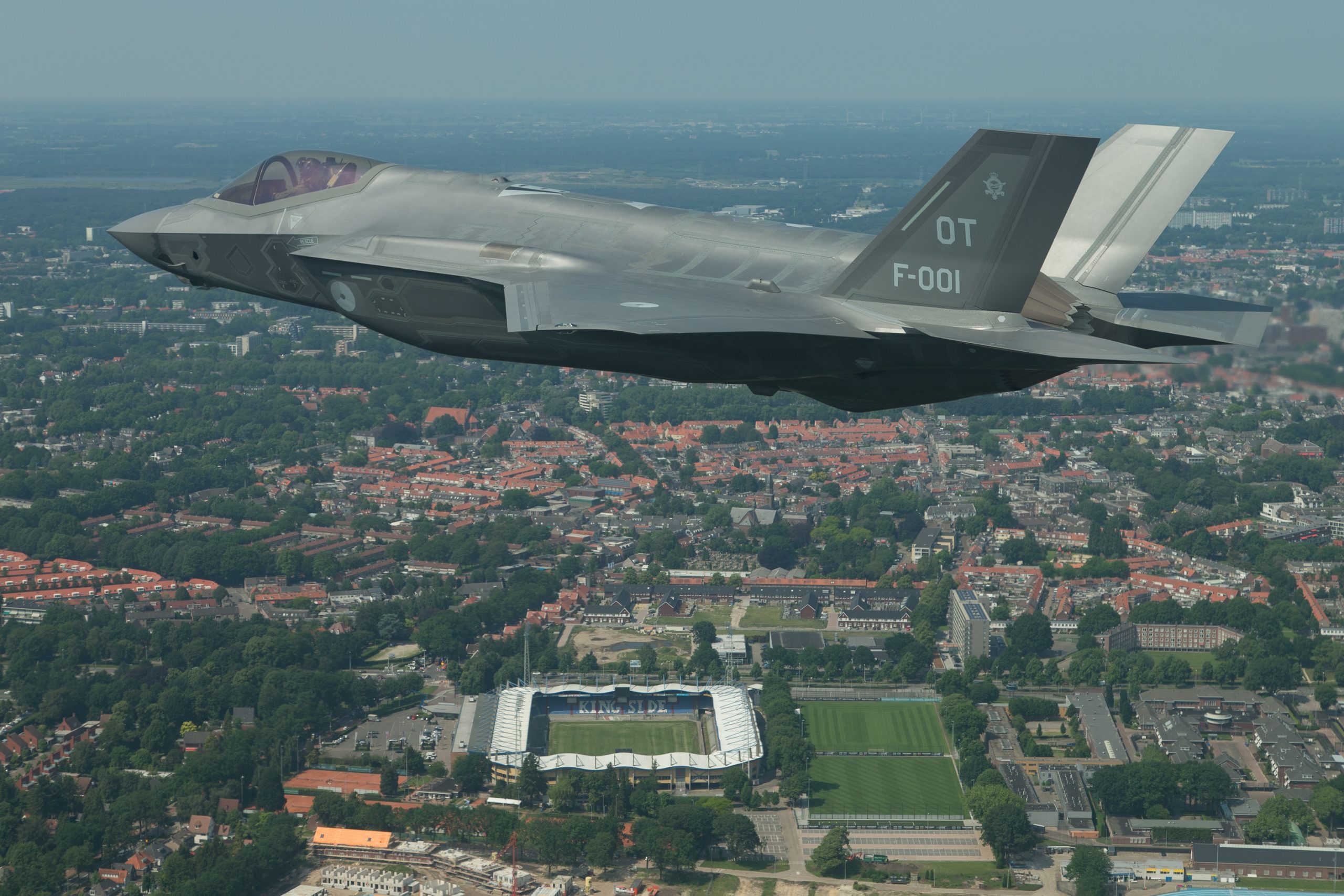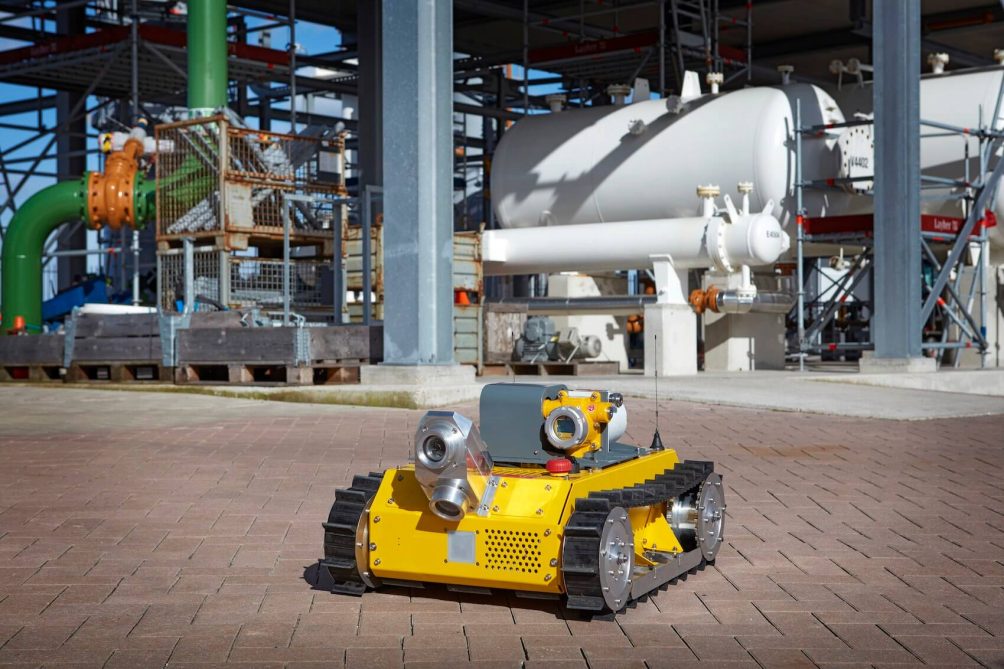
Brabant is famous all over the world for its high-tech manufacturing companies. It is precisely this position that could make the province a top player in the field of maintenance, an essential part of a properly functioning high-tech ecosystem. Roughly speaking, you can divide the cost of a product into one-third purchase and two-thirds maintenance. But now that end products are increasingly being delivered to the customer as a service rather than as property, maintenance has changed from a cost item into a market opportunity. Brabant has everything it needs to acquire a position in the field of smart maintenance, the already existing activities are showing.
Smart maintenance is about:
Sustainable and efficient maintenance
Predictability and 100% availability
Increasing reliability and safety
Inspection, repair, overhaul, maintenance, upgrades, reuse and circularity
Life cycle as an earnings model
The transition from ‘dull, dangerous, dirty’ to IoT, sensors, data science, AI, and robots
For the big players – companies like VDL, ASML, Philips, Vanderlande – smart maintenance is now fully part of the business processes. By already taking into account the later maintenance process in the design phase of a system, they ensure that their products are not only designed for quality but are also reliable in their use. This is certainly not the case for all smaller companies: according to PWC calculations, no less than 89% of companies do not take predictive maintenance sufficiently into account. If they did, these companies could increase their returns by tens of percent annually, McKinsey has calculated. And maintenance also provides a lot of employment: the maintenance market in the Netherlands already has a value of over thirty billion, or more than 4% of the gross domestic product, with employment for approximately 300,000 people.
Key technologies
Essential to this is the use of key technologies such as data science and artificial intelligence. With these, even smaller companies can make the step to predictive maintenance faster and thus become more sustainable, safer, and internationally competitive, says Roland Grimm, Program Manager Maintenance & Services at the Brabant Development Agency (BOM). “The way we build things is as smart as it can get; maintenance is often more of a challenge. How can we make the maintenance of machines, planes, wind turbines, and factories future-proof and thus strengthen the industry’s sustainability and international competitiveness? That is what ‘Smart Maintenance’ is all about: it ensures that the innovative strength of Brabant will also be an international success in the future.”
That these are not empty words is also confirmed by Michael Pecht, founder and director of the Center for Advanced Life Cycle Engineering (CALCE), and professor at the University of Maryland. “Problem around the world is that many companies, especially in the tech corner, are already satisfied when their products leave the factory ‘clean.’ Quality is just a snapshot; reliability creates a structural value.” Pecht says data science is an indispensable part of smart maintenance, for example, to determine the time-to-failure and remaining life of a product, but also to predict the moment when specific maintenance actions are needed. “Data science helps us gain knowledge when we are still testing. By reading data as early as during testing, we can see what is actually happening in the electronics. Data science can see things that a human can’t see.”
It’s not just about testing, however. Thanks to sensors and “digital twins” (a digital copy of a product that can accurately track its twin’s real-life life journey), usage information can remain visible continuously. “In fact, the product can monitor itself and in some cases, potential disasters can be mitigated or prevented in this way. You can imagine that this way of working could be crucial for the medical or aviation industries.”
Working together, better
These are exactly the industries within which Brabant also wants to play a bigger role with smart maintenance. To do so, Grimm says, it is essential that, in addition to focusing on key technologies, companies in the value chain work together even better. “In Brabant, we can connect the strengths, by making cross-sectoral connections between the high-tech manufacturing industry and the maintenance industry, for example around the aircraft maintenance industry in West Brabant. That offers opportunities to make innovations fundamentally circular, maintenance-friendly and recyclable.”
John den Ridder, Program Manager Hightech Maintenance at REWIN, sees West Brabant as a key player in the Smart Maintenance ecosystem, “with a link to Zeeland, central Brabant, Rotterdam, and Antwerp.” The focus is on sectors such as aerospace, maritime, and the industries around food, chemicals, and mechanical engineering. “There are many companies that understand the importance of smart maintenance, but at the same time we have to conclude that there is still a lot of work to be done.” Den Ridder is committed to cooperation between educational institutions, companies, and the government in order to build a future-proof maintenance sector. “Together with the business community, municipalities, Curio and Avans University of Applied Sciences, for example, we are working on robotization and digitization. Partly thanks to European funding, we can set up hubs where we can bring together companies and knowledge institutions to inspire others to give smart maintenance the attention it deserves. This is especially essential for the somewhat smaller companies.”
Aviation
Aviation is a good example of Brabant’s successes in smart maintenance, says Grimm. “Look at what we have already done around the maintenance of the flying systems of the Ministry of Defense in Woensdrecht, but also GKN in Helmond, KMWE in Eindhoven, DCMC and GKN/Fokker MRO in Hoogerheide.” For the BOM, Aerospace was one of the focus areas in 2020, but now the focus has broadened. “The importance of life cycle management applies to all sectors within the high tech manufacturing industry. An MRI scanner from Philips, a wafer stepper from ASML, the engine parts of an F-35 fighter jet, everything needs a good maintenance process. Getting a grip on this is where the true benefits can be found. Organize your processes in such a way that you can keep track of everything, even for decades. Who built what part and when, what maintenance was done and who managed it? You have to keep track of everything. We want to improve our way of control in the coming years.”
The commitment to Smart and High Tech Maintenance fits with developments in the market, says Den Ridder. “Products are increasingly being delivered to customers as a service rather than property. That means that the responsibility for sustainable and efficient maintenance remains with the manufacturer throughout the life of a system. And this manufacturer, therefore, has an interest in good maintenance: the more efficient and sustainable a system is designed, the higher the margin the manufacturers can achieve on their performance contract.”
‘Availability’ is a global trend, clarifies Tiedo Tinga, Professor of Dynamics based Maintenance at the Faculty of Engineering Technology at the Twente University. “And with that, the life cycle of a product has become a revenue model. But that can only work if you can continue to monitor usage properly – for example, via the sensors that collect data. Thus, this provides input for the algorithms that deliver their information using data science. In that situation, maintenance has really become an integral part of your process.”
Predictive maintenance
A key development to increase efficiency and margin on capital-intensive goods is, therefore, the implementation of predictive maintenance. Grimm: “If you can predict when maintenance is required, you can anticipate all kinds of processes. In this area, for example, World Class Maintenance at Gate2 is active with the field lab Campione2. Think about the availability of talents and components, the optimal intervention moment, logistics of componentss and mechanics, and financial planning.”

Den Ridder and Grimm see lots of examples in Brabant to make smart maintenance a spearhead. “Crossovers are occurring with, among others, the maintenance of wind turbines, automotive, and bridges. We also see more and more initiatives in important sectors such as AI, 3D printing, robotization, and the development of sensors and new materials such as ‘self-healing’ coatings. At Breda Robotics, robotics companies and educational institutions are working on maintenance robots as part of smart maintenance labs. We are working with NLR and TU Delft for this and at Aviolanda in Woensdrecht the field lab DCMC is developing a hub where companies and educational institutions are trying to shape the total maintenance chain in the field of composites.”
Den Ridder also sees great opportunities for the composite industry: “A considerable part of the current civil aviation fleet will be replaced in the coming years by full-frame composite. That is cheaper and lighter. It is therefore only logical that there is still a lot of work to be done in the area of certification, monitoring, and repairing. That’s something we can now capitalize on.”







